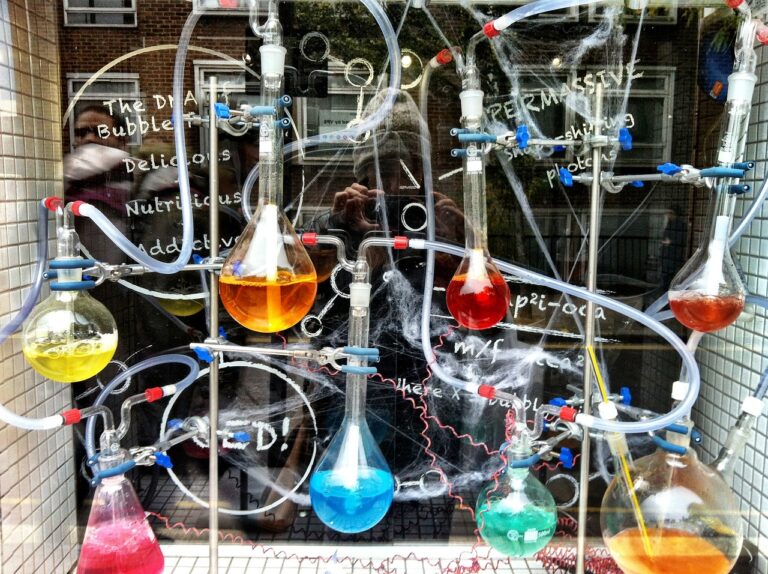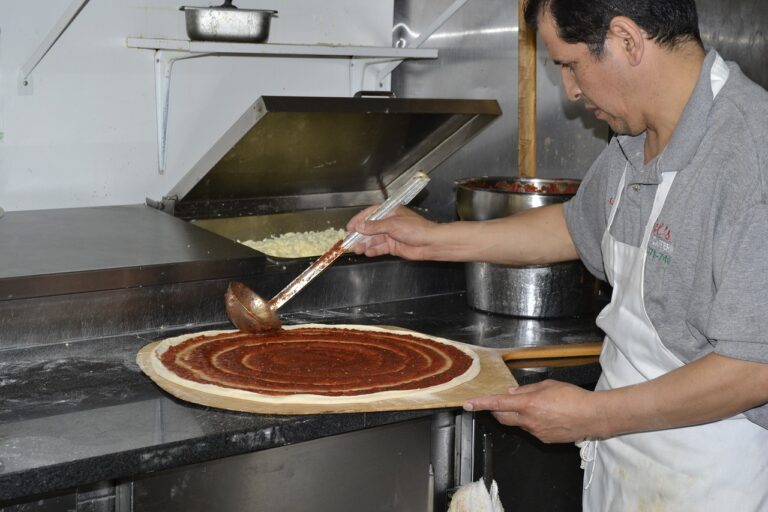Exploring the Connection Between Tableware and Food Justice Movements: Designs That Address Inequities in Access to Healthy Food Options
betbhai9 whatsapp number, radhe exchange register, my99 exch: Exploring the Connection Between Tableware and Food Justice Movements: Designs That Address Inequities in Access to Healthy Food Options
Food justice is a critical issue that affects millions of people around the world. It is the belief that all people have the right to access healthy, affordable, and culturally appropriate food. Unfortunately, many communities, especially in low-income areas, face barriers to accessing nutritious meals. This is where the intersection of tableware design and food justice movements comes into play.
Tableware plays a significant role in how we experience and interact with our food. From the utensils we use to the plates we eat off, design can influence our perception of a meal and even affect how much we enjoy it. When it comes to addressing food inequities, designers are now exploring how tableware can be used to promote healthy eating habits and improve access to nutritious foods.
1. Sustainable Materials
Using sustainable materials in tableware design can help reduce the environmental impact of food production and consumption. By opting for materials such as bamboo, recycled glass, or biodegradable plastics, designers can promote eco-friendly practices and support sustainable food systems.
2. Portion Control
Portion control is a critical aspect of maintaining a healthy diet. Tableware designs that incorporate portion control features, such as divided plates or smaller serving bowls, can help individuals better manage their food intake and make healthier choices.
3. Color Psychology
Colors can have a significant impact on our eating habits. Tableware designs that utilize color psychology, such as using blue plates to reduce portion sizes or vibrant colors to stimulate appetite, can influence how we perceive and enjoy our meals.
4. Accessibility
Ensuring that tableware designs are accessible to all individuals, including those with disabilities or mobility challenges, is essential for promoting food justice. Features such as non-slip grips, easy-grip handles, and lightweight materials can enhance the dining experience for everyone.
5. Community Engagement
Incorporating community input and involvement in tableware design can help address specific food inequities within a particular region. By working closely with local communities, designers can create tableware that reflects cultural traditions, dietary preferences, and accessibility needs.
6. Advocacy and Education
Tableware designs can also be used as a tool for advocating for food justice and promoting education around healthy eating habits. By incorporating messaging or educational materials into tableware, designers can raise awareness about food inequities and empower individuals to make informed choices.
FAQs:
Q: How can tableware design contribute to food justice movements?
A: Tableware design can promote healthy eating habits, support sustainable food systems, and address accessibility barriers in dining experiences.
Q: What are some examples of tableware designs that address inequities in access to healthy food options?
A: Examples include portion control plates, sustainable materials, community-engaged designs, and educational messaging.
Q: How can individuals support food justice through their tableware choices?
A: By opting for sustainable, accessible, and culturally inclusive tableware designs, individuals can promote food justice in their daily lives.







